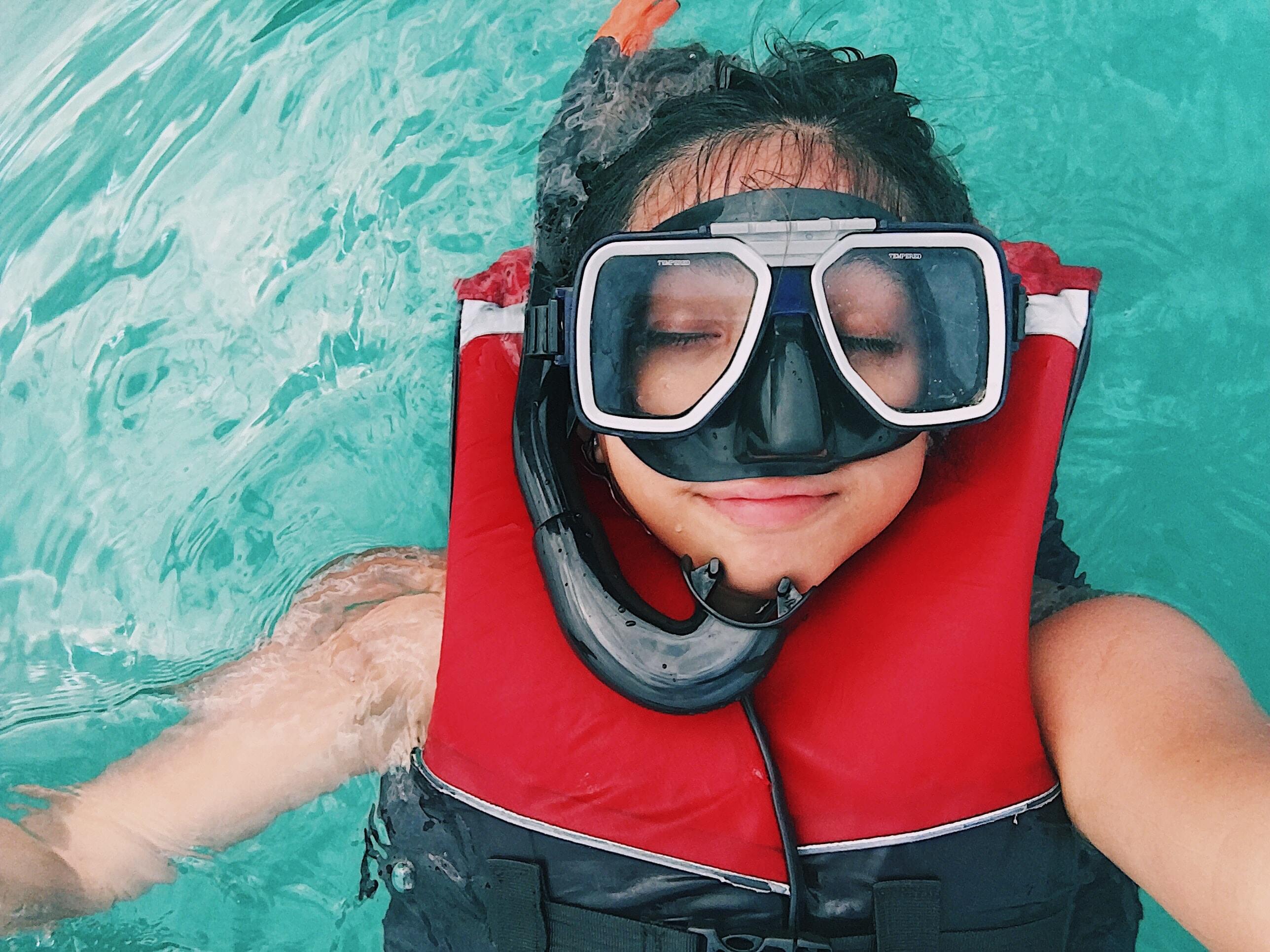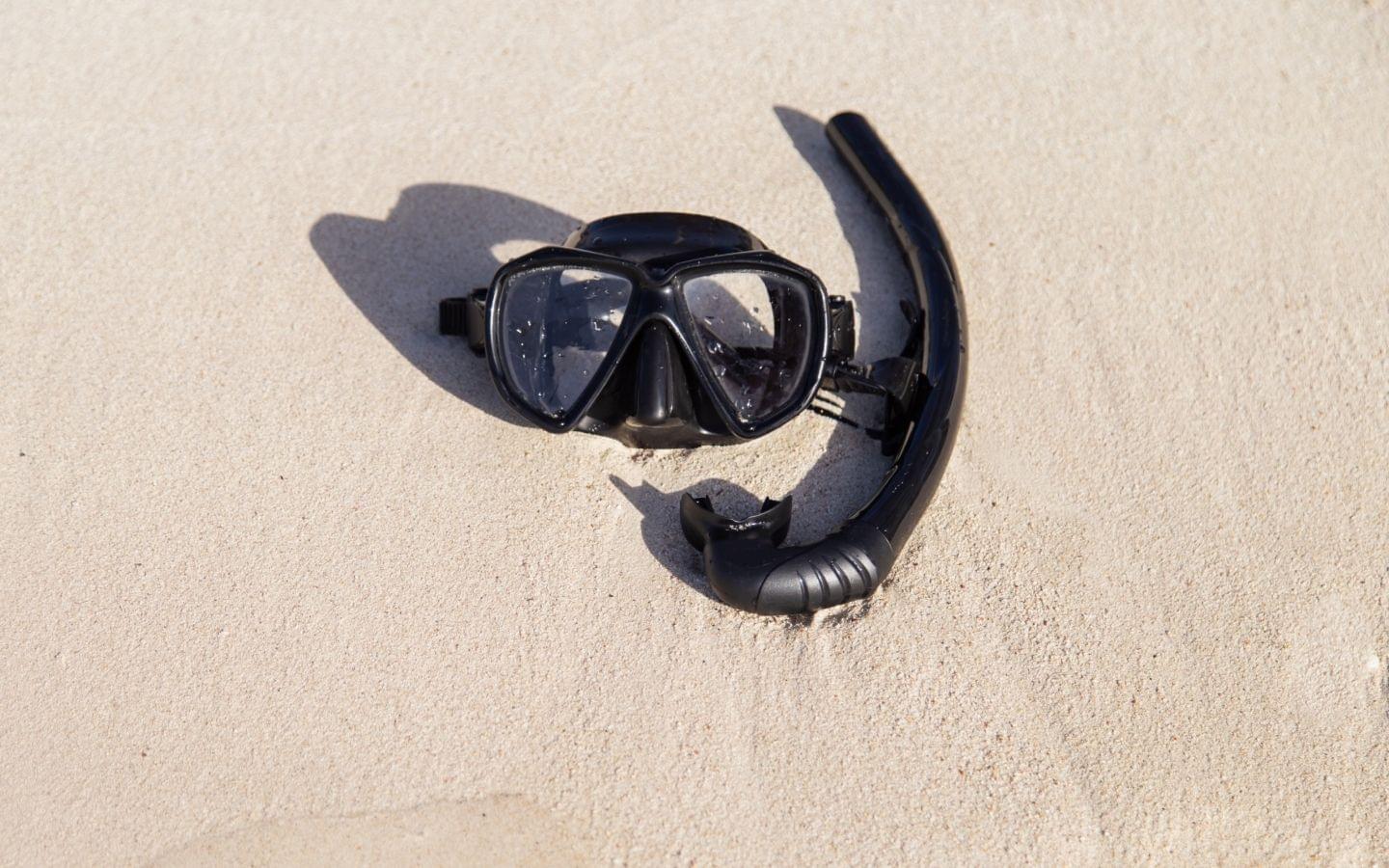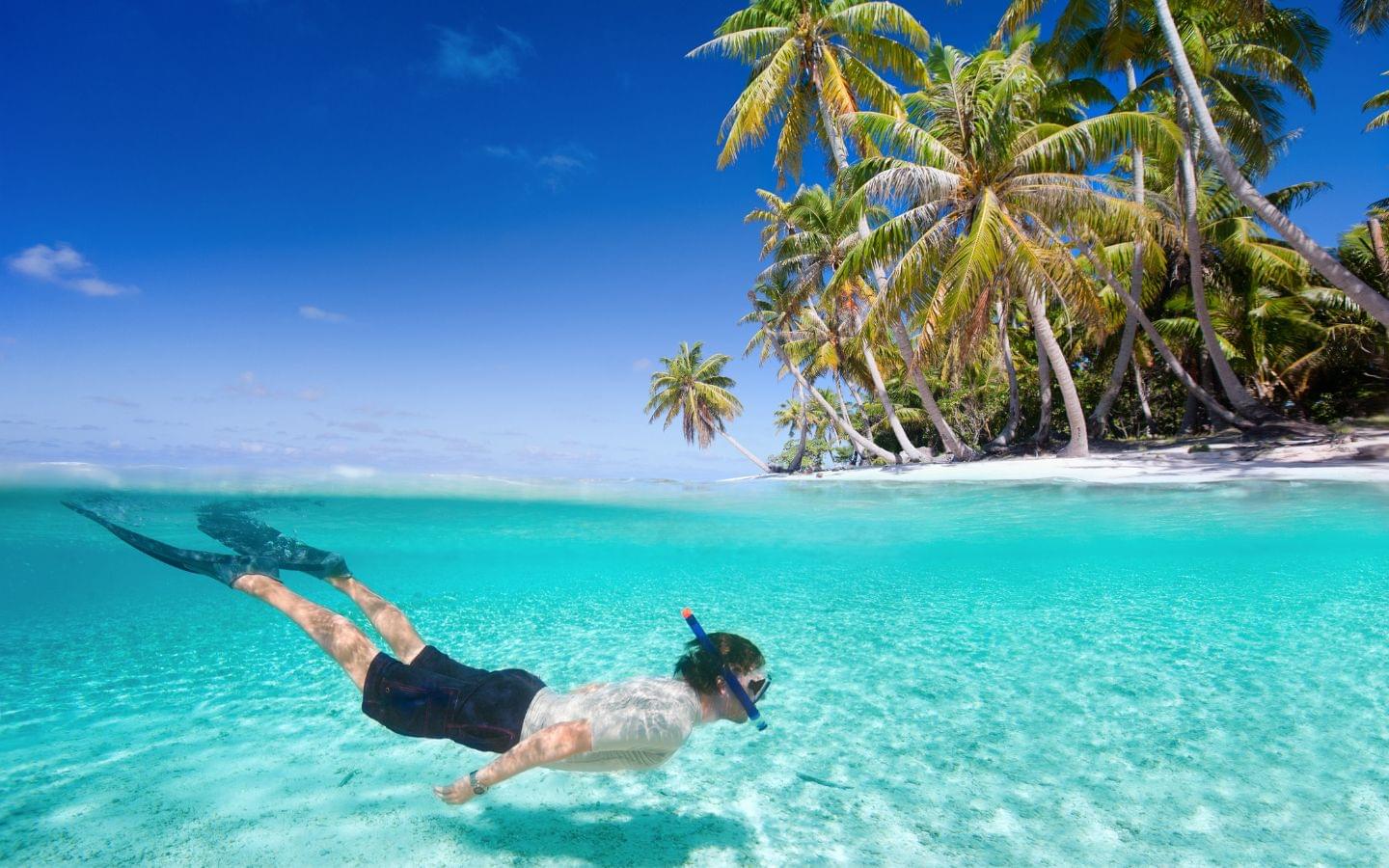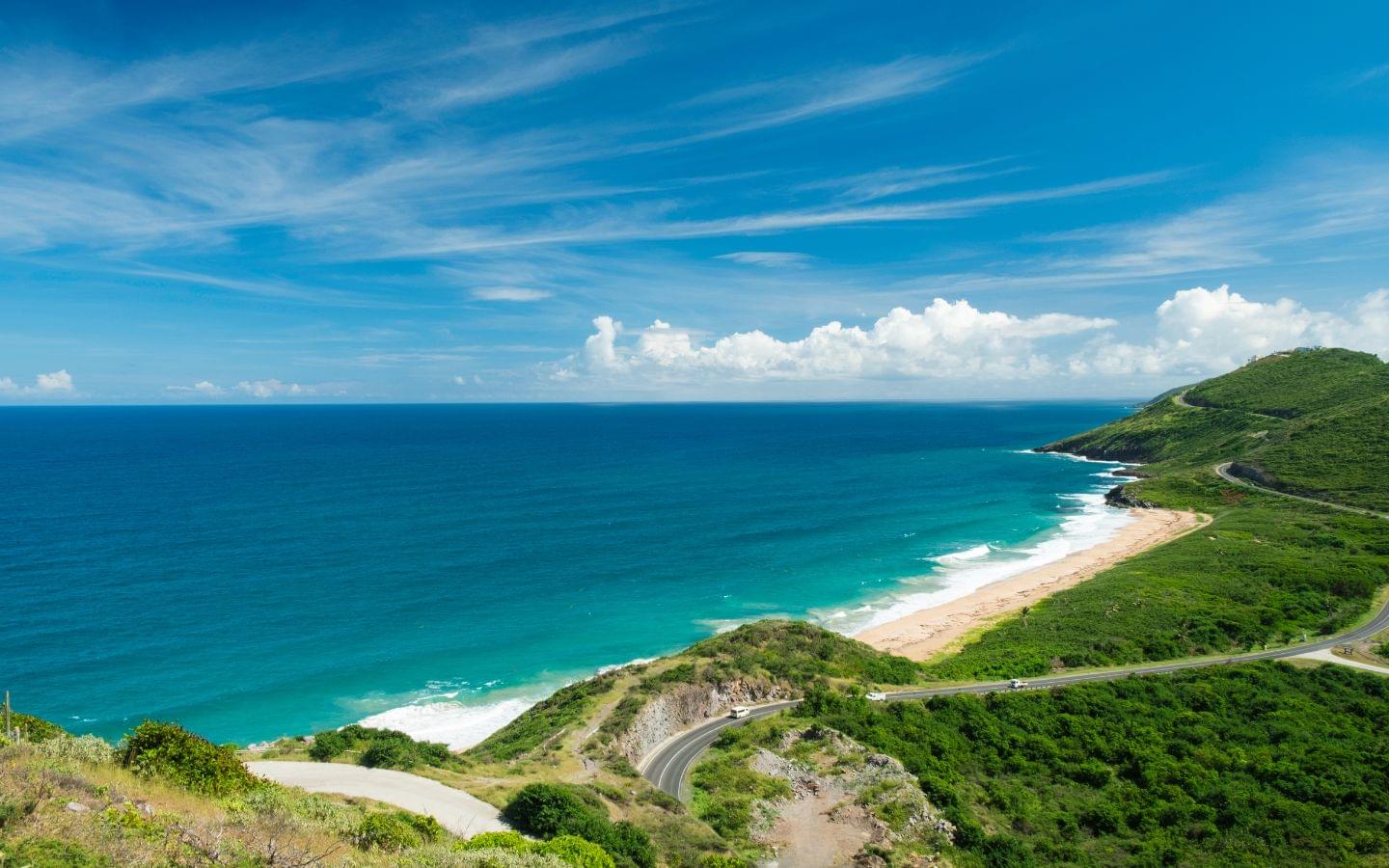Snorkel vest vs. life jacket: Which is right for you?
Whether you’re an experienced snorkeler or new to this exciting activity, wearing the right flotation device can make a snorkeling outing safer, more relaxing, and more comfortable.
Snorkel vests are a better choice for snorkeling than life jackets because they allow you to swim freely with your head in the water and easily view the marine life below.
In this article, we’ll go over the differences between a life jacket and a snorkel vest and explain in more detail why specialized vests are better for snorkeling. We’ll also explore some other flotation options and recommend a couple of the best snorkel vests to make your next trip more enjoyable.
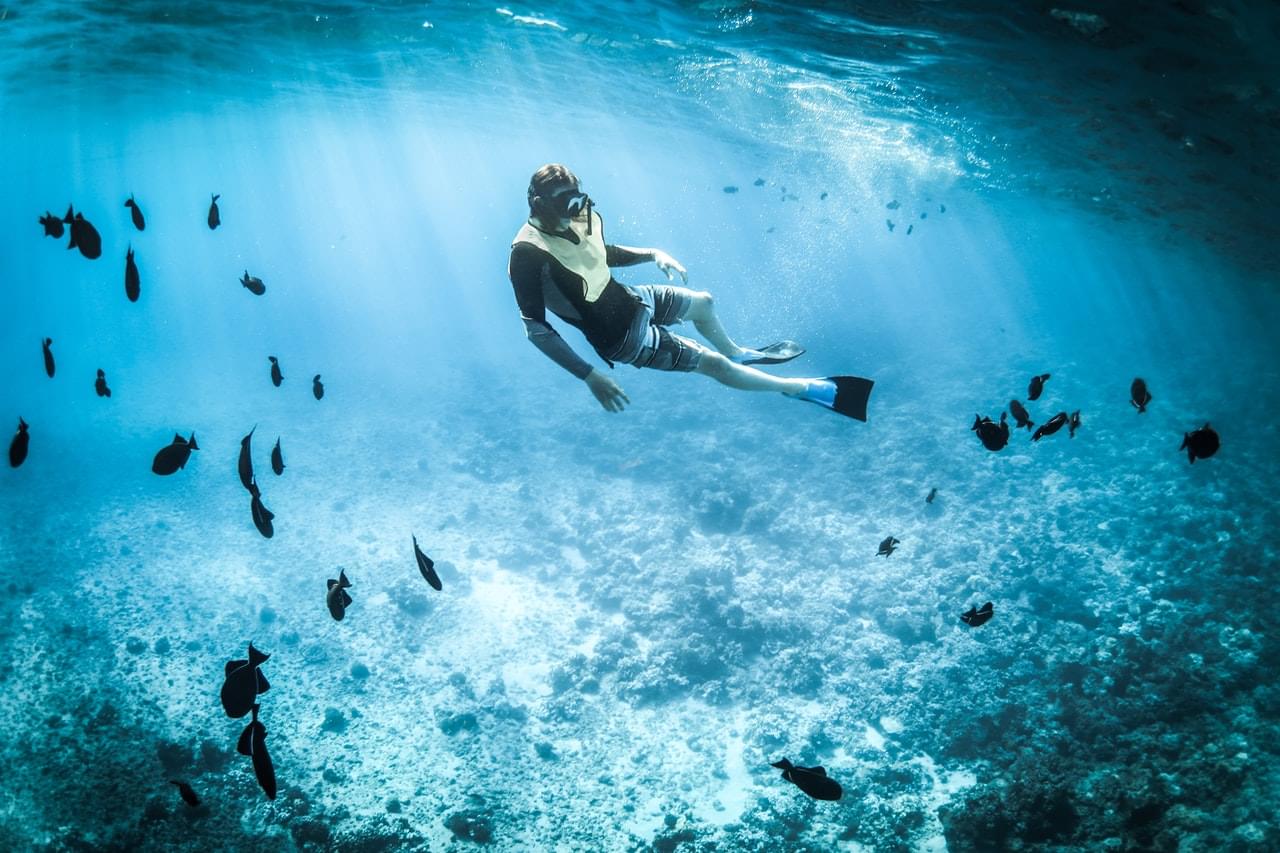
What is a snorkel vest?
In contrast to scuba diving and freediving, snorkeling prioritizes staying afloat. It’s possible to snorkel without using any kind of personal flotation device (PFD). Still, many people - especially beginners - find it more comfortable and relaxing to observe the underwater world with the help of a snorkeling vest.
Snorkel vests are personal flotation devices designed specifically with snorkeling in mind. They keep the wearer afloat while still allowing them to swim with their face in the water. Snorkeling vests typically do not have any foam and provide varying buoyancy based on how much air they contain.
Snorkel vest vs. life jacket: how are they different?
Both snorkel vests and life jackets provide additional buoyancy, but several crucial differences make snorkel vests far better for snorkeling.
A life jacket is designed to keep your head out of the water and is usually made of foam. Because of their construction, life jackets are bulkier than snorkel vests and make it difficult to float comfortably on the water’s surface with your face down. A snorkel vest, on the other hand, is lightweight, compact, and inflatable and allows you to swim or float with your face submerged.
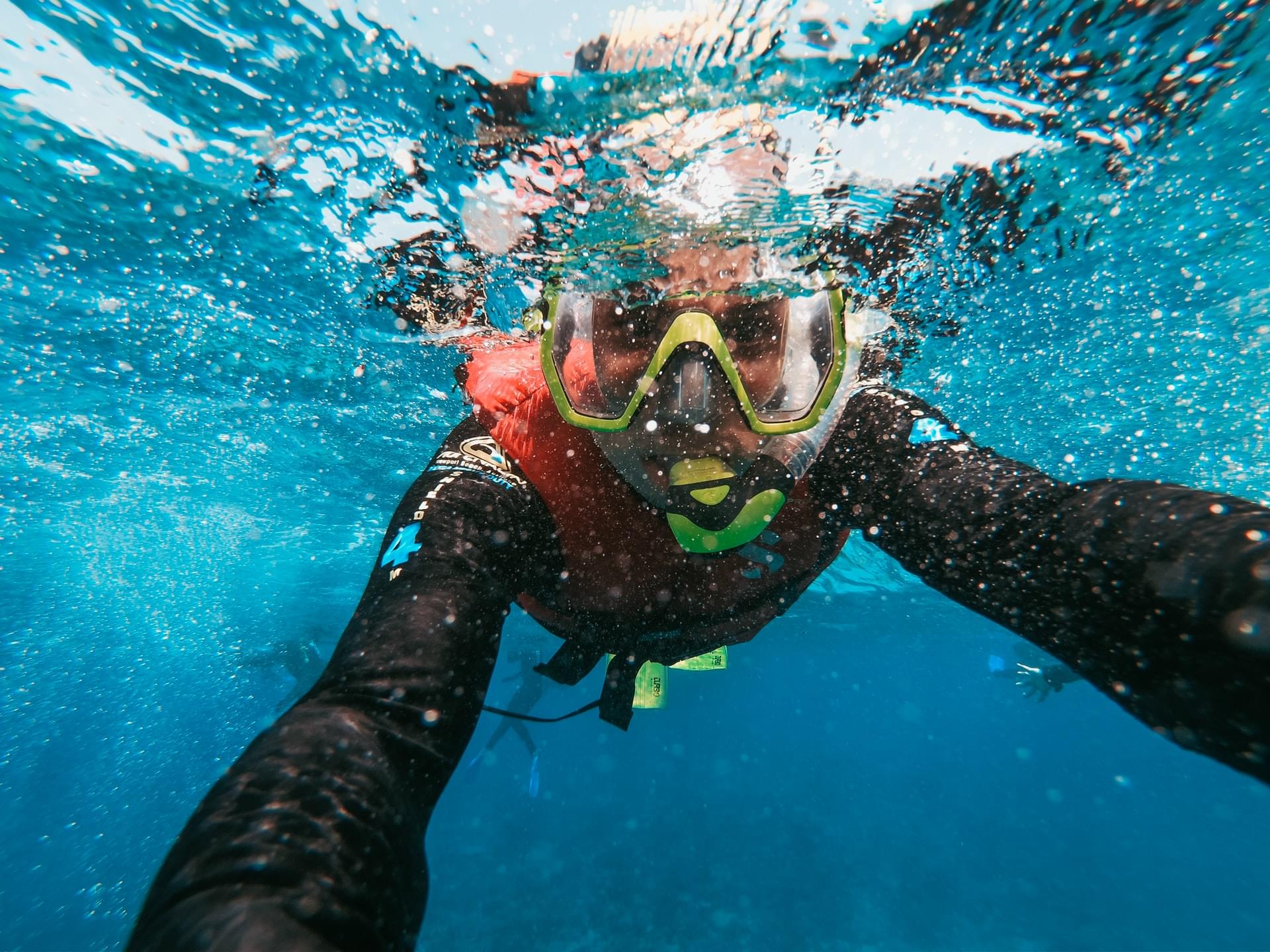
Why are snorkel vests better than life jackets?
Overall, snorkel vests are significantly more comfortable for snorkeling than life jackets.
Unlike life jackets, snorkel vests don’t restrict freedom of movement and will allow you to swim and explore without feeling inhibited by your PFD. Snorkel vests can also prevent you from swallowing water by helping you maintain correct body positioning on the surface.
Additionally, most foam life jackets have a fixed buoyancy rating, whereas snorkel vests offer flexible buoyancy based on the wearer’s needs and preferences. Inflatable snorkel vests come equipped with a mouthpiece that allows you to blow air through a one-way valve to inflate the vest. There is also a mechanism to quickly deflate the vest in case you want to dive beneath the surface.
This easily adjustable flotation control makes snorkel vests more versatile in the water than most life jackets and better suited to a variety of conditions. For example, saltwater is denser than freshwater and therefore provides more buoyancy.1 In saltier water, a snorkeler may not need as much buoyancy aid from a vest and can choose to inflate it less.
Keep in mind that while snorkel vests are an excellent choice for their intended use, they may not be suitable for other activities you’re planning as part of your snorkeling trip. Since snorkeling vests are not designed for rescue or life-saving purposes, most of them do not meet the US Coast Guard safety standards for boating or other water sports like kayaking and water skiing.2 You’ll need a separate life vest or PFD if you plan on doing any of these activities.
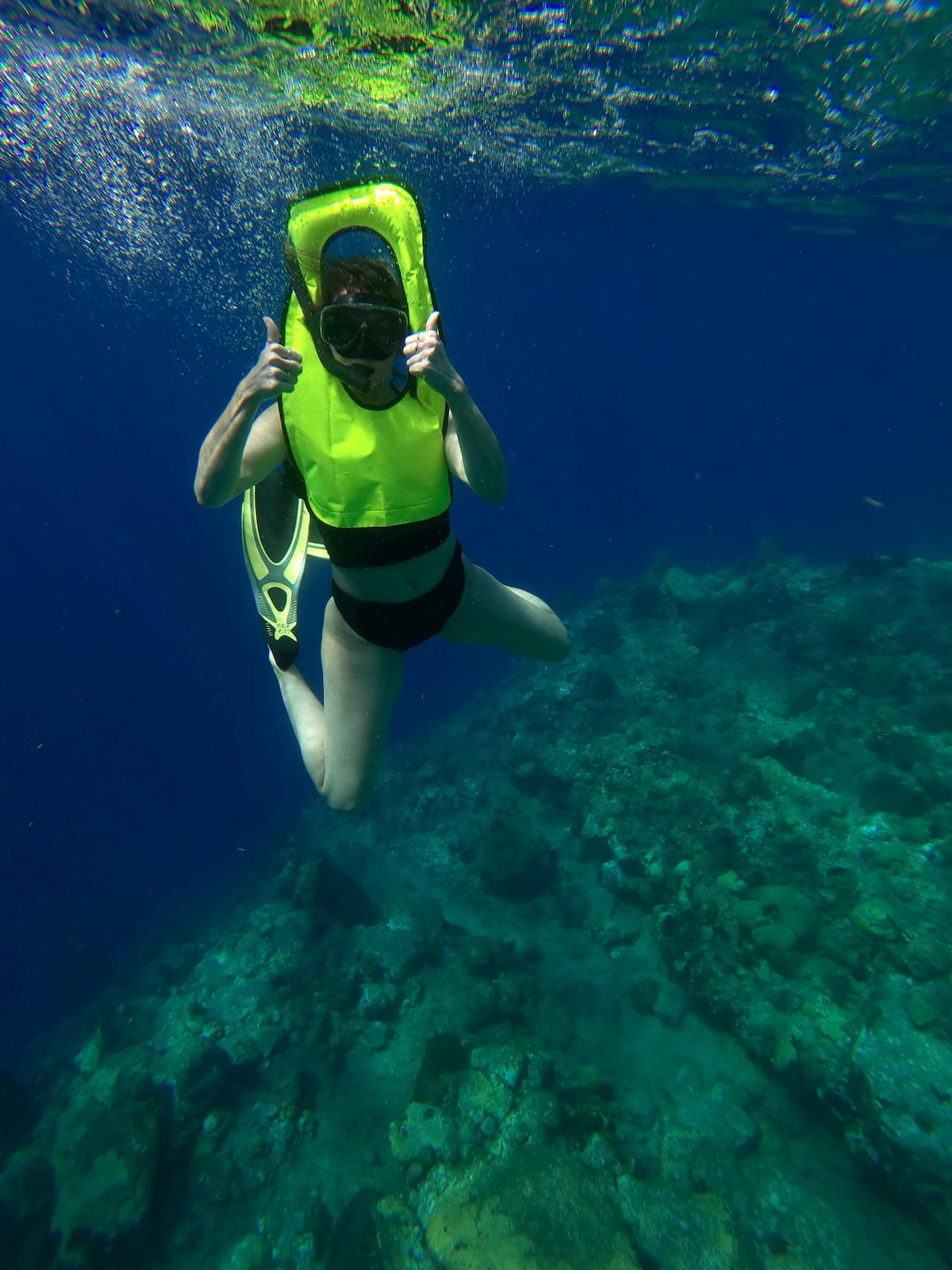
Reasons to wear a snorkel vest
Safety
Snorkel vests are crucial for non-swimmers and strongly recommended for those new to snorkeling. Even if you are a strong swimmer, snorkel vests improve safety in the event of an emergency, such as a medical issue, strong current, or a jellyfish sting.
Anyone with back injuries, other musculoskeletal problems, or a medical condition that could cause them to get tired quickly should wear a snorkeling vest even if they are not required.
Snorkel vests also boost visibility because of their neon colors. Wearing one makes you more visible to passing boats and to the guide boat if you are snorkeling with a tour company.
Comfort
In addition to improving safety, snorkel vests can make your snorkeling excursion more comfortable. The vests keep your body in the correct position for snorkeling and allow you to float calmly at the surface while gazing at the seafloor below.
By reducing the effort needed to float or tread water, these vests allow you to relax and enjoy the unique undersea environment without overexerting yourself.
Some snorkel vests include a thin neoprene layer on the back. While this does not replace a wetsuit, it can keep you warmer in cold water and make your experience more pleasant.
Laws and regulations
In certain areas, local laws may require all snorkelers or those under a particular age to wear a snorkeling vest. Many companies that run snorkeling tours also expect all guests to wear one.
Alternative PFDs
Fun noodles, ski belts, and other options
Some people opt for other kinds of floatation devices, like ski belts, fun noodles, swim buoys, and pool floats. Belts are used for water skiing, water running, swimming, and water aerobics, while noodles and other floats are most often used for relaxing in the water.
These devices can help keep you afloat, provide a safe place to rest, and make you more visible in open water thanks to their bright colors.
However, they are not designed with snorkeling in mind and don’t facilitate proper body positioning as well as snorkel vests do. Since many of these flotation devices are not attached to you, they are easier to lose in the water and offer less protection. As a result, they are not as well-suited for snorkeling as designated vests.
No flotation
Strong swimmers sometimes prefer to snorkel without using any kind of flotation assistance. If you have been snorkeling before, don’t have any health issues, and are a good swimmer, you may wish to explore the underwater world without feeling hindered by a flotation device. Doing so will allow you to dive beneath the surface faster and more efficiently and get a better view of marine life.
If you decide to skip the snorkeling vest, it’s wise to head into the water with a friend or snorkel under supervision in case of an emergency. Stay close to shore and avoid going into open water. Make sure the conditions are ideal in the area where you’ll be snorkeling - warm water, no waves, and no strong current.
How to choose a snorkel vest
Now that you know why snorkel vests are superior to life jackets when it comes to snorkeling, let’s go over how to choose the right vest for your needs.
Even if you’re planning to go on a guided excursion with a tour operator, you’ll likely benefit from purchasing a snorkeling vest. Most companies provide guests with snorkel gear including vests on their tours; however, the vests are usually cheap and uncomfortable, and you’ll be much happier with your own.
When choosing a snorkel vest, you’ll first need to decide which kind you want. There are two main types:
Horse collar
Horse collar vests fit over the head and are the most common type of snorkel vest. The style features adjustable straps, including a waist strap and crotch strap, to hold the vest in place and prevent it from riding up. While the compact design makes horse collar vests more convenient for travel, it offers little protection from the elements.
Our top pick on Amazon: Rrtizan Unisex Adult Size Inflatable Snorkeling Vest
Jacket
Snorkeling jackets offer more coverage and UV protection, and some even feature a neoprene layer to add warmth when snorkeling in colder waters. The additional coverage means this style is bulkier than the more common horse collar vests, but they do provide more storage in the form of pockets or rings to hold other items and equipment. Jackets are better for non-swimmers since they offer additional support and comfort.
Our top pick on Amazon: Scubapro Cruiser Snorkel Vest for Men and Women
Both of these styles are lightweight and include an oral inflation tube, making inflating and deflating the vest very simple. Once you’ve decided which type is better suited to your needs, make sure to size it appropriately and that it meets basic safety criteria.
- The vest should not ride up or restrict movement. You want it to fit securely enough that it won’t move around when you’re in the water.
- Always check the manufacturer’s size guide and get advice from an expert when possible. Many of the sizes are based on weight since this measurement determines how much buoyancy is required to keep you afloat.
- Sizing is especially important if you opt for a jacket-style vest since the zipper closures make them less adjustable than horse collar vests. Pay extra attention to the waist measurement - a snug fit around the waist will prevent the jacket from riding up.
- Choose a bright color for high visibility and added safety.
Conclusion
Overall, snorkel vests are far more comfortable for snorkeling than life jackets. Choosing the right vest can help you stay in the water longer with less effort and take your snorkeling trip to the next level.
References
-
Pawlowicz, R. “Key Physical Variables in the Ocean: Temperature, Salinity, and Density.” Nature Education Knowledge, vol. 4, no. 4, 2013, p.13, nature.com. ↩
-
“Life Jacket Wear / Wearing Your Life Jacket.” USCG Boating, uscgboating.org. ↩
Last updated 29 June 2021
